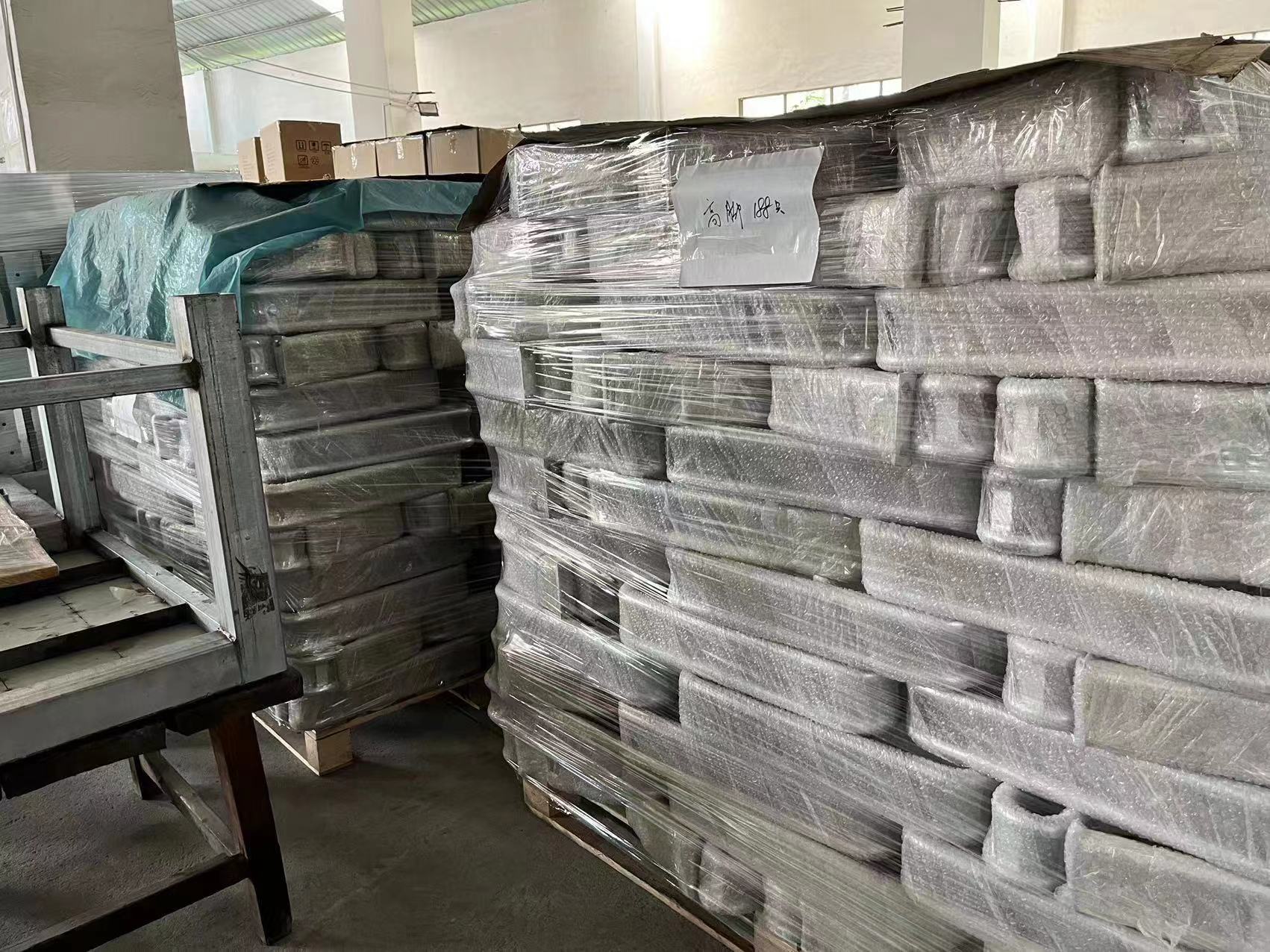Exploring the Various Applications of Metal Bollards in Urban Design and Safety
The Importance of Metal Bollards in Urban Design
In today's urban landscape, safety and aesthetics play critical roles in public space planning and design. One of the most effective tools for enhancing safety and managing pedestrian traffic is the use of metal bollards. These sturdy, upright posts serve multiple functions, from protecting pedestrians from vehicular traffic to providing visual barriers that guide movement and enhance the urban aesthetic.
Historical Perspective
Bollards have a long history, originating from the days of seafaring when they were used to secure ships to dock. Over time, as urban environments evolved, the application of bollards shifted from maritime to land-based uses. Metal bollards became increasingly popular in the 20th century as cities grew and the need for pedestrian safety and management became paramount. Today, these structures are a common feature in a variety of settings, from city streets and public parks to shopping centers and historical sites.
Types of Metal Bollards
Metal bollards come in various shapes, sizes, and materials, each designed to serve specific purposes. They can be fixed or removable, decorative or utilitarian. Some bollards are designed to withstand significant force, while others are intended primarily for visual guidance. Common materials used in the construction of bollards include stainless steel, aluminum, and cast iron.
Stainless steel bollards are particularly popular in modern urban design due to their durability and resistance to corrosion. They can be polished to a high shine or given a matte finish, making them versatile for various aesthetic contexts. Additionally, bollards made from recycled metal contribute to sustainability efforts in urban development, allowing cities to reduce waste while enhancing infrastructure.
Safety and Security Benefits
The primary function of metal bollards is to improve safety. By creating physical barriers between vehicles and pedestrians, they help prevent accidents in crowded areas. For instance, installing bollards around outdoor dining areas, parks, and pedestrian walkways helps protect people from errant vehicles, enhancing the overall safety of urban environments.
bollard metal

Furthermore, bollards are increasingly being used as security measures against potential threats, including vehicular attacks. Designated as anti-ram bollards, these structures are engineered to withstand high-impact collisions, providing a crucial layer of protection for crowded events, government buildings, and other high-profile locations. By reinforcing the urban landscape with these robust barriers, city planners can foster a sense of security for residents and visitors alike.
Aesthetic Contributions
Beyond their functional advantages, metal bollards also play an essential role in the aesthetic enhancement of urban environments. They can be customized to fit with the architectural style of their surroundings, whether it be sleek and modern or classic and ornate. By incorporating decorative elements such as engravings, colors, or patterns, cities can use bollards as a means of artistic expression, adding character and charm to public spaces.
Moreover, the strategic placement of bollards can help define pedestrian pathways and guide traffic flow without the need for extensive signage. Bollards can serve as visual cues, indicating where pedestrians should walk and where vehicles must stop. This helps create a more intuitive and pleasant experience for everyone navigating the urban landscape.
Sustainability and Future Developments
As cities continue to evolve, the design and implementation of metal bollards will undoubtedly adapt. Innovations in materials and technology may lead to the development of even more resilient and environmentally friendly options. For example, integrating smart technology into bollards could enhance their functionality, allowing for flexible deployment and real-time communication with urban management systems.
Furthermore, the growing trend towards sustainable urban design means that bollards will likely focus more on environmentally friendly materials and practices. This shift not only reduces the ecological footprint of urbanization but also promotes a harmonious relationship between infrastructure and nature.
Conclusion
Metal bollards are an indispensable element of modern urban design, combining functionality, safety, and aesthetics. Their ability to protect pedestrians, enhance security, and contribute to the visual appeal of public spaces underscores their importance in city planning. As we move towards more resilient and sustainable urban environments, the role of metal bollards will only continue to grow, ensuring that our cities remain safe, beautiful, and functional for generations to come.
-
The Smarter Choice for Pedestrian AreasNewsJun.30,2025
-
The Gold Standard in Round Drain CoversNewsJun.30,2025
-
The Gold Standard in Manhole Cover SystemsNewsJun.30,2025
-
Superior Drainage Solutions with Premium Gully GratesNewsJun.30,2025
-
Superior Drainage Solutions for Global InfrastructureNewsJun.30,2025
-
Square Manhole Solutions for Modern InfrastructureNewsJun.30,2025
-
Premium Manhole Covers for Modern InfrastructureNewsJun.30,2025
